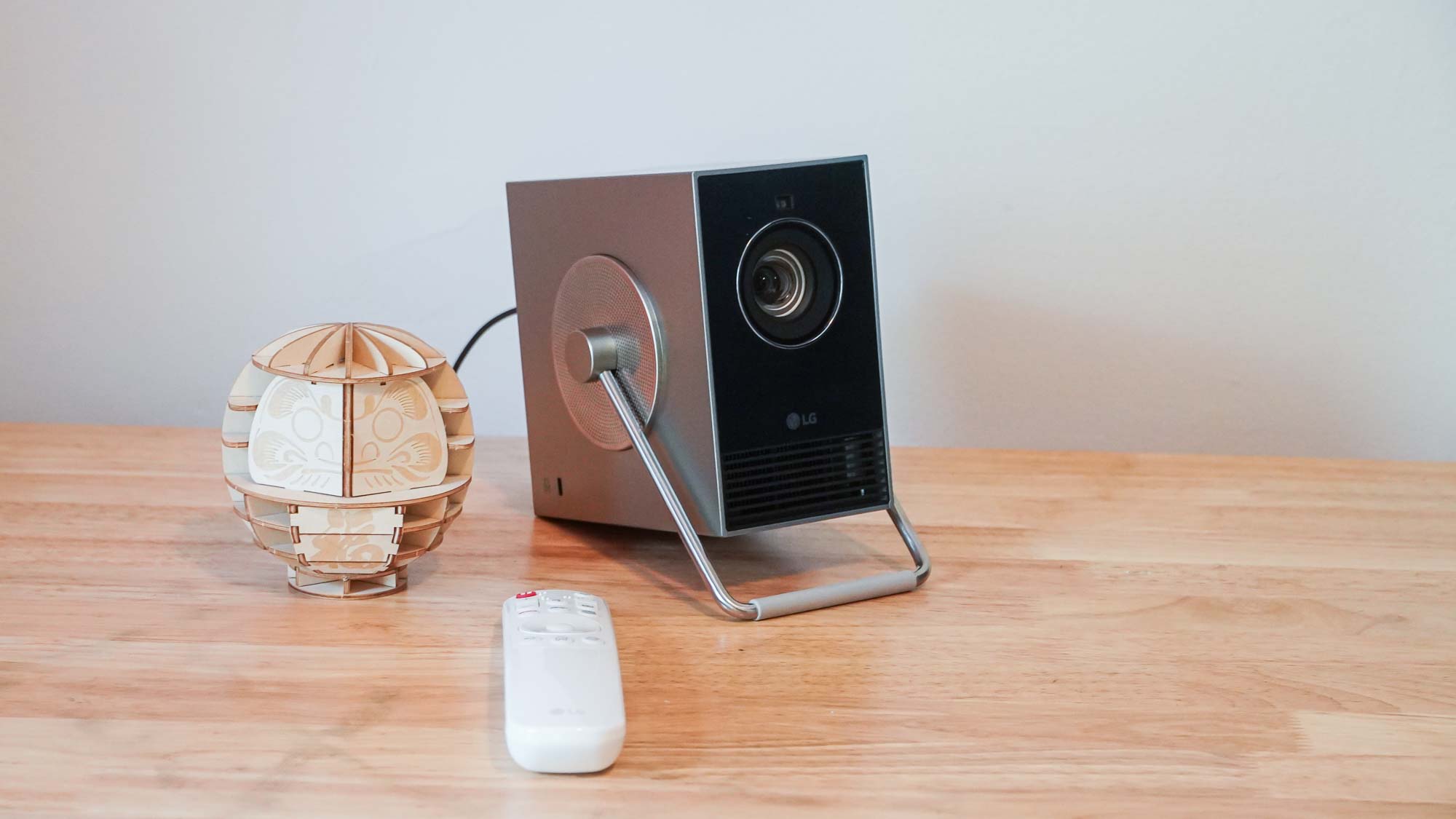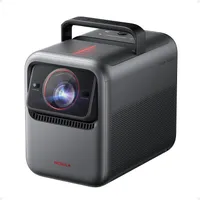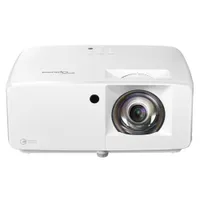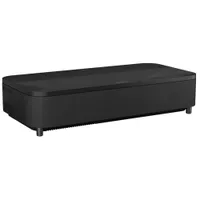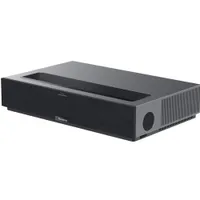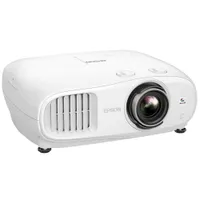Best projectors in 2025: the best long throw and laser projectors for a home theater or outside
Nothing dazzles quite like laser

We've tested dozens of models over the years from both the established players like JVC, Optoma and BenQ as well as new upstarts like Dangbei and JMGO to put together a list of the very best projectors you can buy right now.
At the top of our list is the Hisense C2 Ultra, Tom's Guide's current Projector of the Year. It can project a 4K picture up to 300 inches corner-to-corner and supports all major forms of HDR. For gamers, it's got an HDMI 2.1 port and, wildly, no discernable input latency when the projector is put into its 240Hz mode.
Our runner-up, the JMGO N1 Ultra, delivers 90% of the same performance for half the cost (just $999 at the time this article was updated) so it's well worth considering, too. We'll keep adding to this guide as new models hit the market, but what you'll find below are the best we've seen so far in 2025.
The quick list
The best projectors in 2025: quick list
Why you can trust Tom's Guide
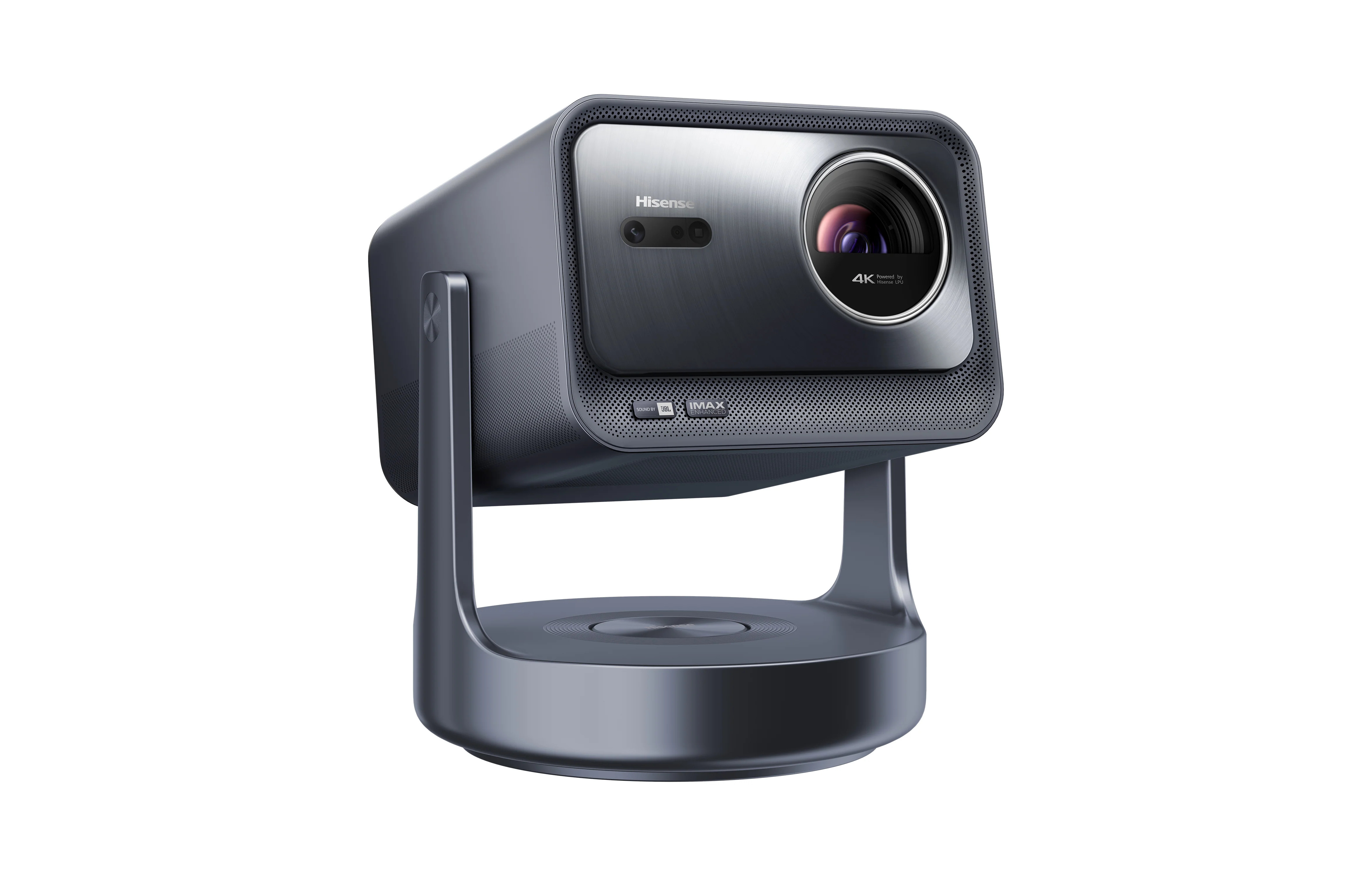
Performance ★★★★★
Features ★★★★★
Value ★★★★☆
This projector has everything: incredible performance, a flexible design that's easy to setup, and great gaming capabilities. It's the new top dog in projectors.
Read more below
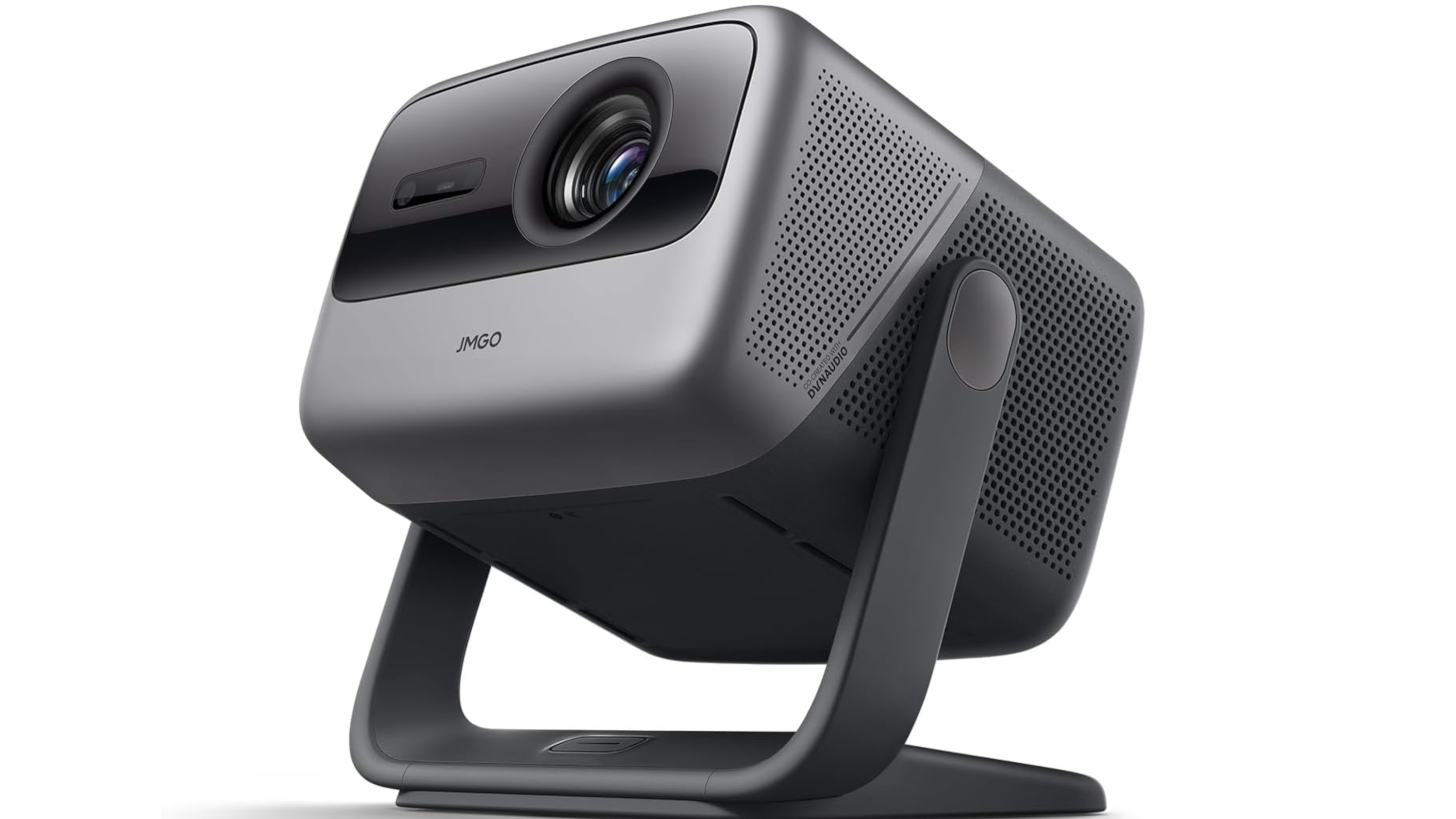
Performance ★★★★★
Features ★★★★☆
Value ★★★★☆
The JMGO N1 Ultra can now be found for under $1,000, making it the best budget projector you can buy. It packs a bright, colorful picture with convenient A/V features.
Read more below
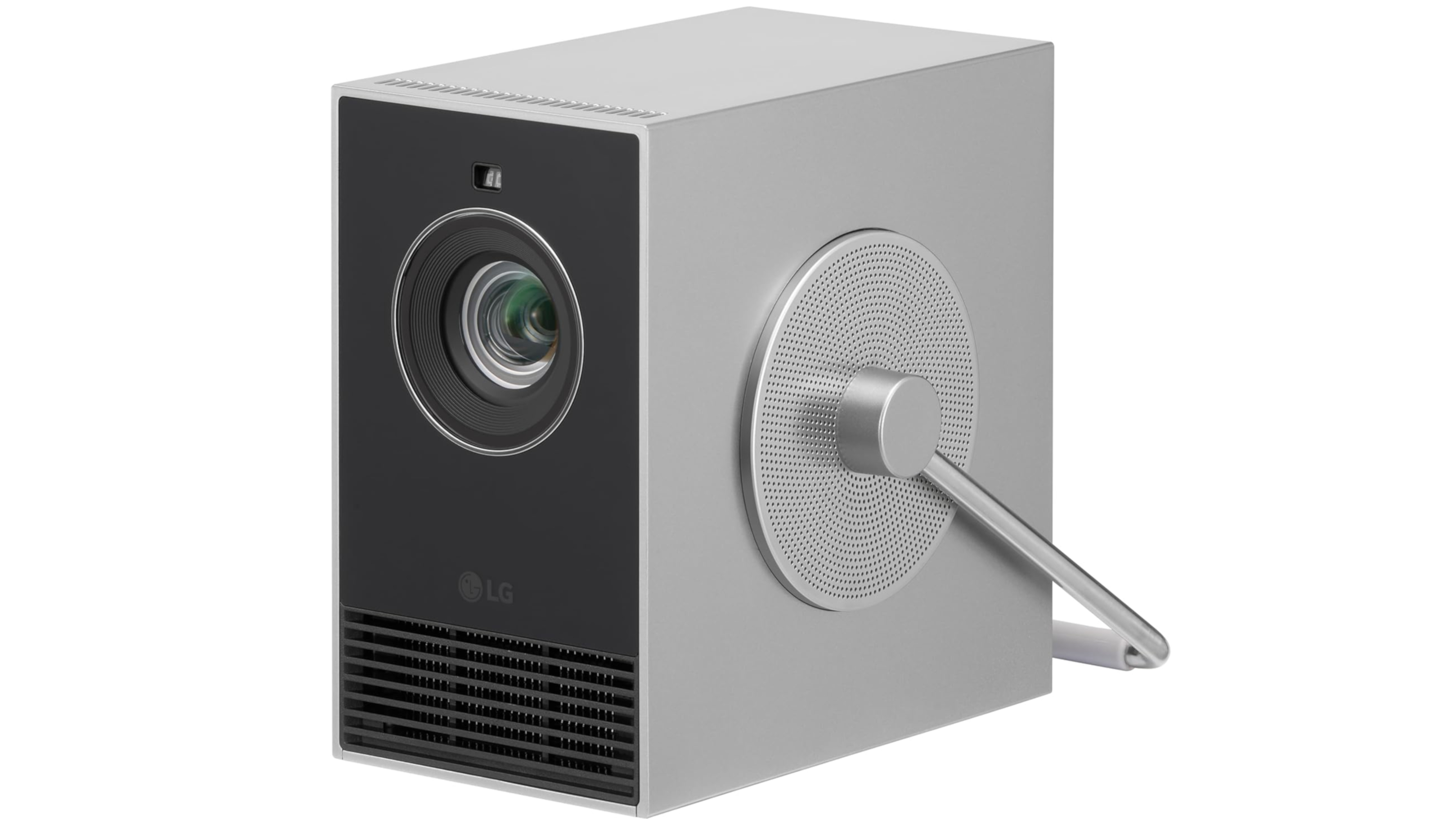
Performance ★★★☆☆
Features ★★★☆☆
Value ★★★★☆
The Cinebeam Q (HU710PB) doesn't offer dependably booming audio or high-level picture quality, but it is dependably portable, easy to use, and comes with LG's user-friendly smart platform.
Read more below
Best Projector
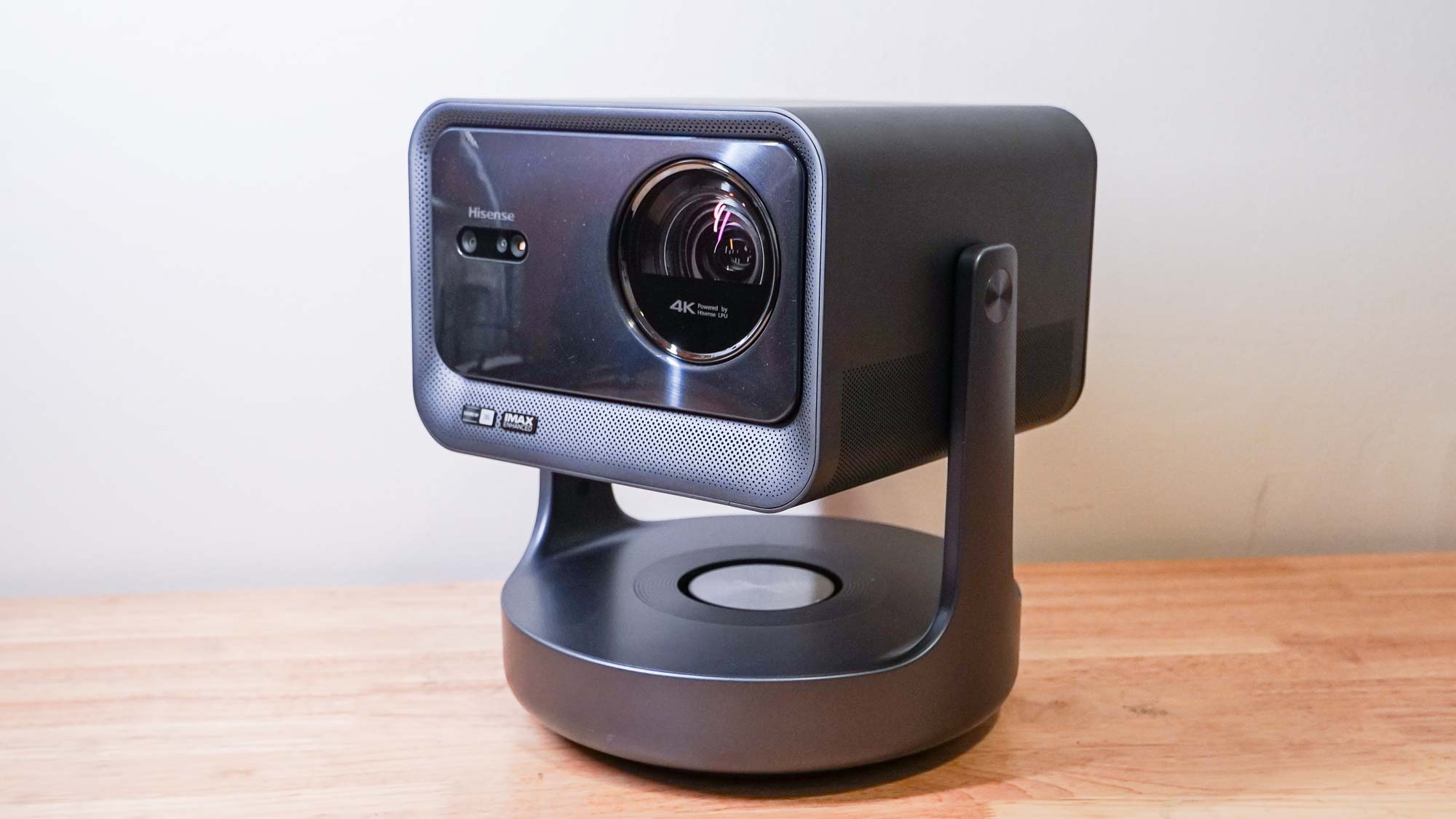

Specifications
Reasons to buy
Reasons to avoid
It was an incredibly close race between the Hisense C2 Ultra and the JMGO N1 Ultra, the best projector of 2024, but the top spot now belongs to Hisense. It's here because it supports more HDR formats, can beam a picture of up to 300 inches, and comes with HDMI 2.1 for gamers. In short, it's got all the specs and the performance to make its claim as the best projector of 2025.
Not only is picture performance second-to-none in the category, but its sound quality is also spectacular. It comes with two built-in 10W speakers (par for the course) plus a 20W sub that is rare to see on a projector. Our reviewer said that even at just 20% of the max volume level, the speakers filled a 150-square-foot room with high ceilings with sound.
If there's a shortcoming with the Hisense it's that it is expensive ($2,500) and Hisense's VIDAA platform doesn't work as well as Android or Google TV. You can (and should) connect the projector to a streaming media player like the Apple TV 4K to get around the latter part, but it's an extra cost on top of the already expensive hardware.
Still, we've tested a lot of projectors over the years and the Hisense C2 Ultra is currently the best of the bunch.
Read our full Hisense C2 Ultra review.
Best Budget


Specifications
Reasons to buy
Reasons to avoid
The JMGO N1 Ultra is a heavyweight among the best projectors. This compact short throw dishes out several surprises, most notable among them being its triple-laser light source. It uses separate red, green, and blue lasers to deliver exceptional brightness alongside a staggering color gamut as well. The projector can blast a stunning 4K picture wherever you want it, as it sits on an easily adjustable pedestal.
For its size, the JMGO N1 Ultra even has surprisingly potent speakers, which will do the job quite well in a small room. For serious audiophiles, there’s an eARC port so you can hook up one of the best soundbars, but this will leaves you with only one HDMI port for other external sources.
At 2143 ANSI lumens, the N1 is a pretty remarkable projector even in daytime. While you will still need to get some shades to blot out the sun, you do at least have exceptional color coverage at 96% of the DCI-P3 and 100% on the sRGB range.
Read our full JGMO N1 Ultra review.
Best Portable
Specifications
Reasons to buy
Reasons to avoid
The LG CineBeam Q will never quite replace your TV or home theater projector, but it takes the guts of a 4K, triple-laser projector and squeezes it into a 3.1 x 5.3 x 5.3 inches cube that’s easy to transport. For on the go viewing, it's fantastic.
In our lab tests, the CineBeam Q delivered a mere 263 ANSI lumens (almost 2,000 lumens less than our top pick), but it was able to deliver 98% of the DCI-P3 color space with a respectable 1048:1 contrast ratio.
The downside to the CineBeam Q is its measly 3W audio system. It simply doesn't get very loud if you don't pair it with, say, a Bluetooth speaker. But thankfully it comes with LG's proprietary webOS smart platform that makes connecting other devices (and streaming from most major services) a breeze.
For under a grand, it's a good portable projector and one well-worth considering if you're planning on bringing a projector with you from place to place.
Read our full LG CineBeam Q (HU710PB) review.
Other projectors tested
Anker Nebula X1: Rather have Google TV instead of VIDAA? We don't blame you. The Anker Nebula X1 delivers a satisfying picture and is built on Google's more robust smart platform. It's not the best projector in 2025, but it's definitely in the top 5.
Optoma GT2100HDR: This little short-throw projector gets plenty bright and has a high contrast image, but it’s pretty lacking everywhere else.
Xgimi Horizon Ultra: Following up on the capable Horizon Pro, the Horizon Ultra was a bit of a disappointment. It’s bright and colorful, but lags behind JMGO in both departments, and its contrast was severely lacking no matter what we tried. As promising as it was, we just couldn’t get it to look as good as it should have at the price.
Epson EpiqVision Ultra LS800: As one of the brightest projectors on the block at 4000 lumens, the LS800 delivers where it counts — and then some. It might not have Dolby Vision or Dolby Atmos, but it does leverage a built-in speaker system designed by Yamaha and under 20ms of input lag, making it ideal for gaming.
Formovie Theater: There's a lot to love about the Formovie Theater, as it packs quite the punch with 2,800 lumens. It's built on Android TV 11, allotting you access to practically every app on the map (aside from Netflix, unfortunately). It also uses speakers designed by Bowers and Wilkins, which makes its Dolby Atmos support all the more fitting.
Epson Home Cinema 3800: This projector may not be boasting the latest, fanciest features, but it's still a high-utility projector. It's high brightness is paired with a high contrast ratio of 2055:1, which keeps on-screen visuals looking superb. It’s a little lacking in color, due to a slightly low DCI-P3 gamut range of just 76%, but that doesn’t it looks awful in anyway.
Projector benchmarks compared
We put all of the projectors we review through their paces in a series of performance tests. Below you'll find a full breakdown of our findings so that you may compare and contrast various models. You can read more about how we test projectors further down the page.
| Row 0 - Cell 0 | JMGO N1 Ultra | BenQ HT2060 | Xgimi Horizon Ultra | Dangbei Mars Pro 4K | Epson Home Cinema 3800 | Optoma GT2100HDR | XGIMI Horizon Pro |
Brightness (ANSI lumens): | 2143 | 1645 | 1296 | 1812 | 2375 | 3012 | 1270 |
Contrast: | 1577:1 | 3253:1 | 250:1 | 1105:1 | 2055:1 | 2370:1 | 757:1 |
sRGB coverage: | 100% | 99% | 100% | 92% | 91% | 90% | 100% |
DCI-P3 coverage: | 96% | 87% | 90% | 75% | 76% | 74% | 83% |
Input lag (default): | 144ms | 25ms | 145ms | 152ms | 24ms | 26ms | 144ms |
Input lag (gaming mode): | 28ms | 25ms | 26ms | 27ms | 24ms | 25ms | 24ms |
Lifespan: | 30,000 hours | 30,000 hours | 25,000 hours | 30,000 hours | 5,000 hours | 30,000 hours | 30,000 hours |
MSRP: | $2,299 | $999 | $1,699 | $1,799 | $1,699 | $1,799 | $1,899 |
Street price: | $1,899 | $999 | $1,699 | $1,299 | $1,699 | $1,549 | $1,199 |
For most people, the most important specifications to consider (other than price) are brightness, lifespan, and if you're a gamer, input lag. A projector's brightness determines how well it will hold up when viewed during the day or in a room that isn't completely dark. Its lifespan is an estimation of how long you'll be able to use it before performance decline, and its input lag describes the delay between an input and an on-screen action.
As you can see, while our pick for the overall best projector doesn't get as bright as some of the alternatives, its overall contrast, color volume, and reduced street price make it the best blend of performance and value.
What to look for when buying a projector
Brightness: One of the key factors in determining whether you’re going to be able to enjoy your projector is brightness, generally measured in lumens (though there are a few different ways companies measure lumens, and the advertised brightness is not easy to trust). In a very dark room, you can get away with a projector that only offers a few hundred lumens of brightness, but if you want to do some daytime viewing or don’t want to turn all the lights out, you’ll pretty much want to ignore anything that’s not breaking 1,000 lumens. As long as you have decent blinds and can dim the lights, you’ll probably find 1,000-2,000 lumens is enough for home viewing.
Color gamut: This is essentially how rich the colors will appear from the projector. It won’t matter how bright your projector is if all of the colors look faded as a result. For the home theater, you should expect good colors, which ideally means at least 90% coverage of the sRGB color space and all the better if you’re getting over 90% of the DCI-P3 color space.
Contrast: Contrast goes hand in hand with brightness. If you have a high brightness but low contrast, dark colors and shadow details are going to be washed out, ultimately marring the cinematic image you’re looking for.
Resolution (Native): As projectors offer a big image, the resolution can be a big factor. You’re stretching a lot of information out across your screen, so if there’s too little detail, it’s going to be that much more noticeable. In action, it can be a little harder to see the difference between 1080p and 4K, but if you’re looking at a lot of static content, the advantages of 4K will be more apparent. For a decent home theater, aim for 720p at a minimum and ideally 4K. There are plenty of 4K options out there, though 1080p or WUXGA are decent enough if you sit far back. It’s also important to look for “native” resolution on projectors, as many will prominently advertise a “supported” resolution. Long story short, “supported resolution” is just the signal the projector is capable of receiving, and “native resolution” is what it’s capable of displaying (e.g., a projector could receive a 4K signal but turn that into a 720p image if it has a native 720p resolution.
Light source: Not all light sources are created. Lamps are cheap and bright, but they’re hot, take some time to warm up and cool down, and they don’t offer as much longevity as others. LEDs can get fairly bright and provide good color while offering a long lifespan. Lasers have the brightness advantage and can outperform LEDs in color if they combine multiple lasers of different colors, but they’re more expensive.
Ports: How you’re able to use your projector is majorly impacted by its ports. If it doesn’t have some quality audio outputs, like eARC, you may have a hard time connecting it to a good sound system without also buying an AV receiver. Too few HDMI ports or lower bandwidth ports can also impact your ability to use the projector conveniently.
Speakers: Many projectors include their own built-in speakers, but not all do. And many that have speakers don’t offer ones that can compare to the image they provide. It’s worth taking a note of how well the speakers performed and what wattage they offer to get a sense of whether you’ll need to factor the price of a separate sound system into your purchase.
How we test projectors
We test projectors in the real-world conditions a buyer would use a projector in. That said, we do have a degree of control, with heavy, light-blocking drapes and an ambient-light rejecting projector screen to test on. But since not everyone will use such a screen, we also view the projection against a bare wall.
While some of our testing is subjective, observing the projectors’ capabilities as we watch movies and play games, we also take measurements that allow for comparison between projectors. Projector brightness is measured using each projector's brightest mode (and occasionally other modes if the brightest mode results in a worse overall image), using a light meter to measure the luminance of an all-white image at 9 points evenly spaced across the image and multiplying those by the projected area to derive an ANSI lumen measurement. Contrast is roughly estimated by comparing the average lux measurement of an all white image against a lux measurement of an all black image.
Color coverage is measured using a SpyderX Elite colorimeter and DataColor’s calibration software. The colorimeter sits a foot away from a 1.1-gain projection screen, angled to avoid seeing its own shadow, and then measures the color gamut of the projectors light reflected off the screen.
To measure input latency, we run a timecode displayed on a laptop and mirror the display to the projector over HDMI. We then take a high shutter-speed (over 1/1000th of a second) photo of the timecode on both the laptop display and projector to see how many milliseconds the projector is behind the laptop display.
Get instant access to breaking news, the hottest reviews, great deals and helpful tips.
Over the last several years, Mark has been tasked as a writer, an editor, and a manager, interacting with published content from all angles. He is intimately familiar with the editorial process from the inception of an article idea, through the iterative process, past publishing, and down the road into performance analysis.
- Michael DesjardinSenior Editor, TV
- Ryan EppsStaff Writer
